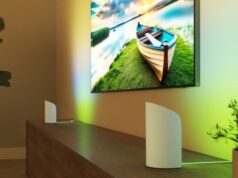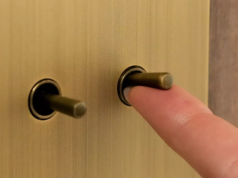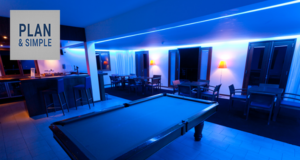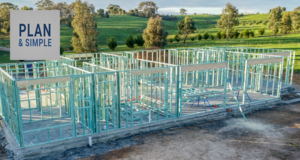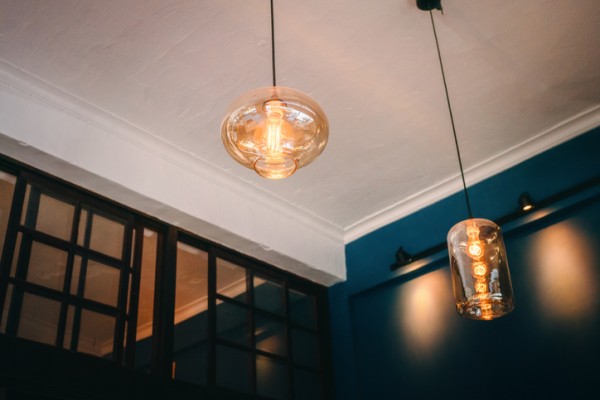
Lighting plays a crucial role in any home renovation, influencing not just the look and feel of your space but also your energy bills and environmental impact. With the wide variety of light globes available today, it can be confusing to know which option best suits your needs while also complying with Australian regulations.
If you’re planning a renovation or simply upgrading your lighting, understanding the different types of light globes, their efficiency, and regulatory requirements will help you make informed decisions.
From incandescent to LED: the evolution of light globes
For decades, incandescent globes were the standard in Australian homes. They produce a warm light but are extremely inefficient, converting only about 5% of electricity into visible light — the rest is lost as heat. Because of this inefficiency, incandescent bulbs have mostly been phased out under Australian energy regulations.
More energy-efficient alternatives include halogen, compact fluorescent lamps (CFLs), and LEDs. Halogen globes are somewhat more efficient than incandescent but still consume considerable power. CFLs marked a big improvement in energy savings and longevity but contain small amounts of mercury, which requires careful disposal.
LEDs represent the current gold standard in residential lighting. They use up to 90% less energy than incandescent bulbs, have a much longer lifespan, and are available in a range of brightness levels and colour temperatures to suit different spaces.
What the regulations say
Australian homes must follow standards set by the National Construction Code (NCC) and specific Australian Standards such as AS/NZS 60598 for lighting fixtures and AS/NZS 3820 for electrical safety. These regulations ensure that lighting products installed in homes are safe, energy efficient, and perform reliably.
Additionally, the Minimum Energy Performance Standards (MEPS) require globes to meet minimum efficiency levels, effectively banning inefficient incandescent bulbs from sale. When purchasing globes, look for the Regulatory Compliance Mark (RCM) — this shows the product meets Australian safety and performance requirements.
Choosing the right globe for your renovation
When selecting globes, consider several key factors:
- Energy efficiency: LEDs generally offer the best balance of low running costs and environmental benefits.
- Brightness: Measured in lumens, choose the appropriate brightness for the room’s function. For example, a living room might need 400–800 lumens per globe, while a kitchen or workspace may require brighter lighting.
- Colour temperature: Warm white globes (2,700K–3,000K) create a cosy atmosphere in living spaces, while cool white (4,000K–5,000K) is better suited for task-oriented areas like kitchens or studies.
- Compatibility: Make sure the globe fits your fixture base (common types include E27 and B22) and is suitable for your existing dimmer switches if you have them.
- Lifespan and maintenance: LEDs typically last tens of thousands of hours, reducing the frequency and cost of replacements.
Why upgrading to LED makes sense
Switching to LED lighting can significantly reduce your home’s energy consumption and carbon footprint. Although LED globes cost more upfront compared to older technologies, the long-term savings on electricity bills and replacements make them a smart investment.
In renovation projects, ensuring your lighting complies with current regulations can also affect approvals and insurance. Choosing compliant, energy-efficient globes aligns with Australia’s broader environmental goals and supports a safer home.
| Globe type | Typical wattage | Brightness (lumens) | Energy efficiency | Typical lifespan | Notes |
|---|---|---|---|---|---|
| Incandescent | 40–100W | 470–1521 lm | Low | 1,000 hours | Phased out under MEPS regulations |
| Halogen | 28–70W | 470–1521 lm | Moderate | 2,000 hours | More efficient than incandescent but being phased out |
| CFL (Compact Fluorescent Lamp) | 7–29W | 470–2452 lm | High | 8,000–10,000 hours | Contains mercury, requires careful disposal |
| LED (Light Emitting Diode) | 4–28W | 470–2452 lm | Very high | 15,000–50,000+ hours | Most energy-efficient, long-lasting, RCM compliant |
Final thoughts
Lighting is a vital, yet often overlooked, aspect of home renovations. By choosing the right light globes that comply with Australian regulations and suit your lifestyle, you enhance your home’s comfort, safety, and energy efficiency.
If you’re unsure about which globes to choose or how to upgrade your lighting system safely, consult a licensed electrician or building professional familiar with the latest standards.


